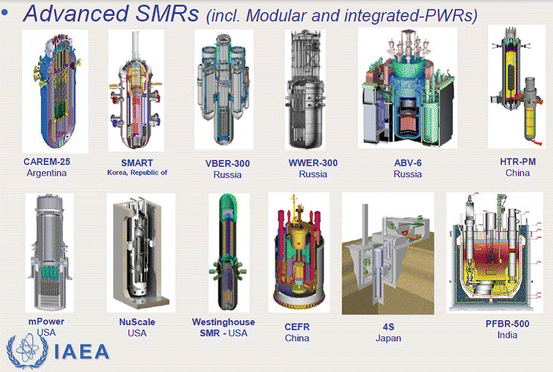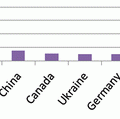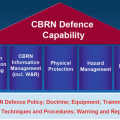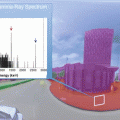
Reactors Under Construction in the SMR Category – IAEA


16.3 What Are the Advantages of Small Modular Reactors?
(a)
LOWER INITIAL COST – The capital investment for a single SMR is much less than for a conventional nuclear power plant. To the electric utilities and their investors this means much less capital at risk by building SMRs instead of conventional nuclear power plants.
(b)
SIMPLER ENVIRONMENTAL IMPACT STATEMENT – The physical footprint of a single SMR is much smaller than for a conventional nuclear power plant and the amount of radioactive material at risk is also much less.
(c)
EASIER PUBLIC ACCEPTANCE – LOWER VISIBILITY – Small Modular Reactors have a much shorter construction time due to their smaller size and modular construction. To the public the construction of a Small Modular Reactor would appear to be less intrusive than the construction of a shopping mall.
(d)
SERVICE REMOTE COMMUNITIES WITHOUT LONG DISTANCE TRANSMISSION LINES – Small Modular Reactors lend themselves to installation in remote areas that are not served by the electric grid (or not served well by the electric grid). Several proposals for the construction of SMRs advertise this feature as a selling point for SMRs.
(e)
MODULAR CONSTRUCTION – SEMI ASSEMBLY LINE MANUFACTURING – SMRs with their modular construction can have all major components assembled off-site then transported to the operational site for final assembly. This modular construction method makes it appear to the public that the SMR almost magically appears.
(f)
SHORT TIME FROM GROUND BREAKING TO ONLINE – With the simplified control systems of the SMR and their modular construction the period of time from final approval to actually having the SMR on the grid could be well less than 12 months.
(g)
SIMPLER NRC APPROVAL AFTER FIRST UNIT – Keeping the SMR modules identical will greatly simplify NRC approvals for additional SMRs either at the same location or separate locations.
(h)
SMALLER IMPACT IN THE EVENT OF AN INCIDENT – Even in the case of multiple SMRs operating at an individual site, no single SMR incident would be likely to have a dramatic effect on other SMRs operating at that same site. A single SMR has much less radioactive material at risk than a conventional nuclear reactor. Additionally the SMR designs are more robust than currently operating nuclear power plants.
16.4 What Are the Drawbacks to Small Modular Reactors?
(a)
HIGHER INITIAL COST PER MW – The estimated initial investment cost per MW is perhaps 50 % higher than for a conventional nuclear reactor.
(b)




MORE PERSONNEL PER MW – The earlier statements about SMRs operating without human intervention was obviously an exaggeration. The number of personnel per MW installed will always be higher for an SMR than for a conventional nuclear reactor. Installing multiple SMRs at a single location will somewhat reduce the number of personnel per MW but will not reduce to the number of personnel required for a conventional nuclear reactor.
Stay updated, free articles. Join our Telegram channel

Full access? Get Clinical Tree






